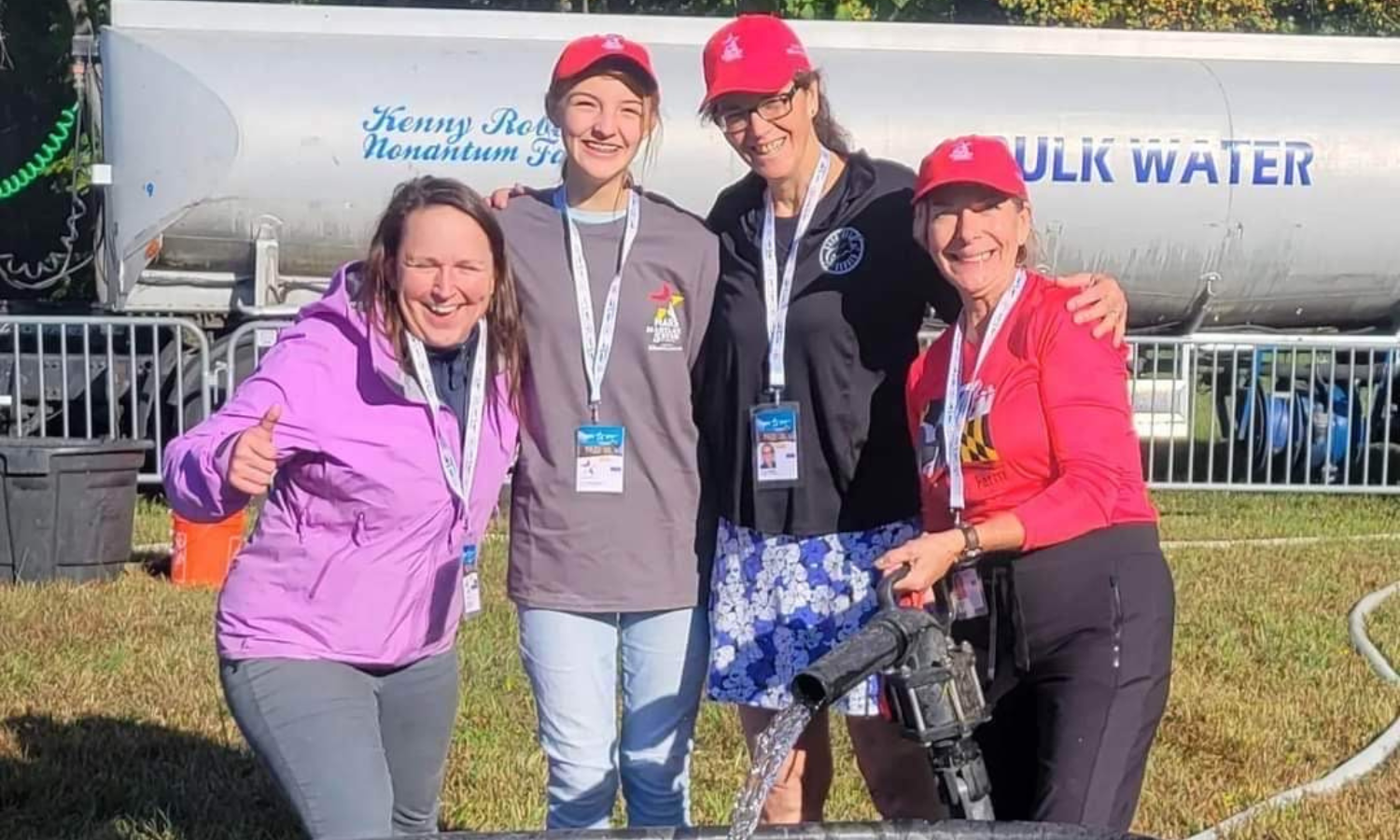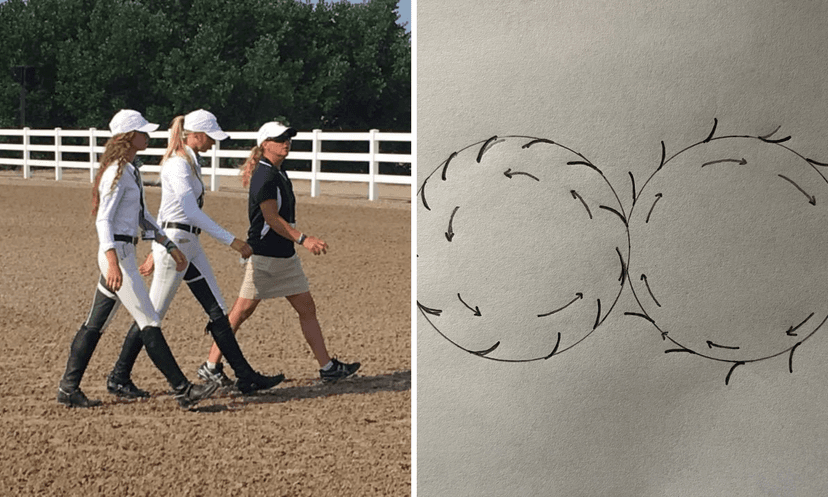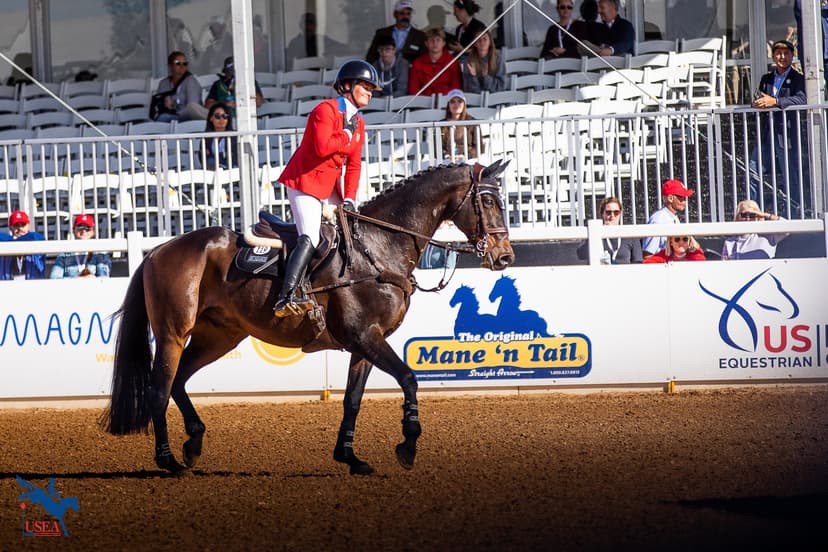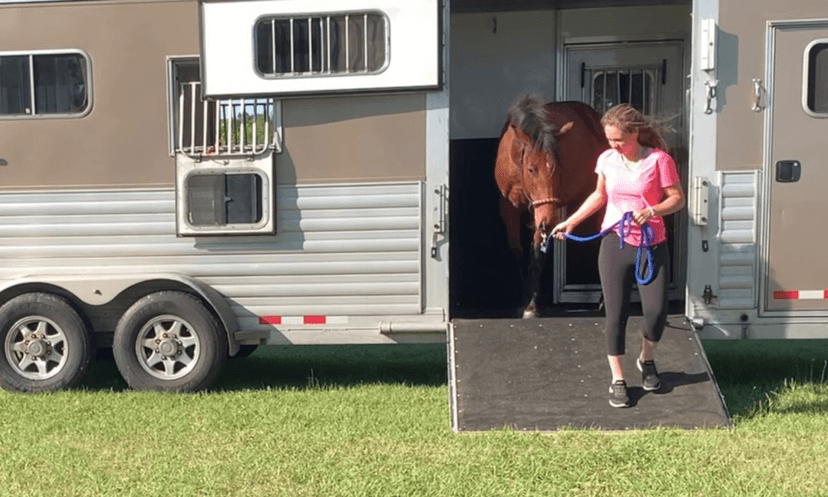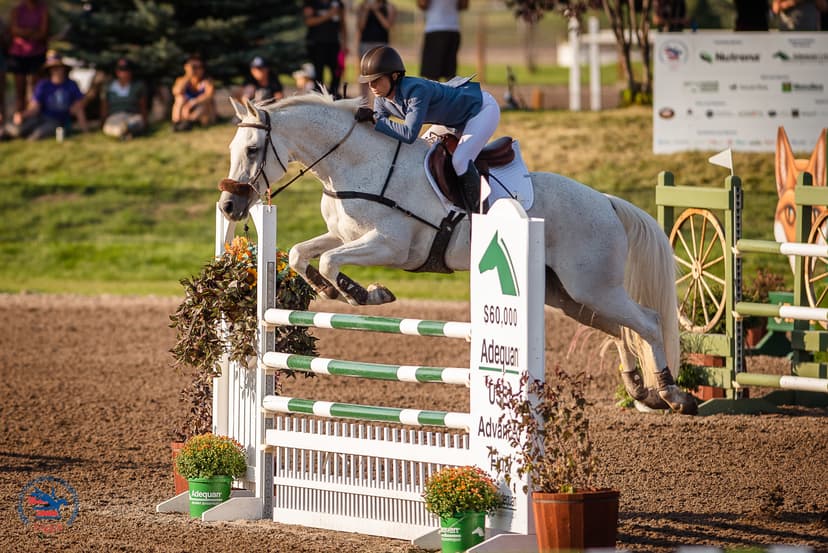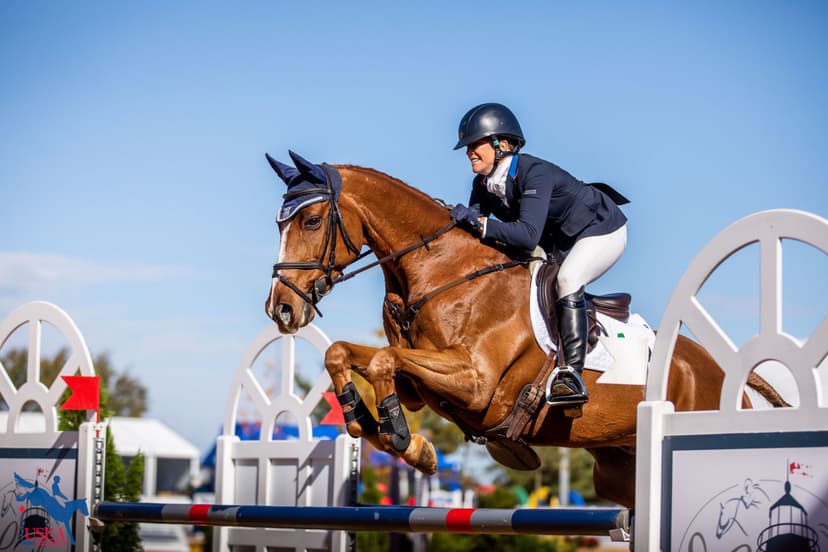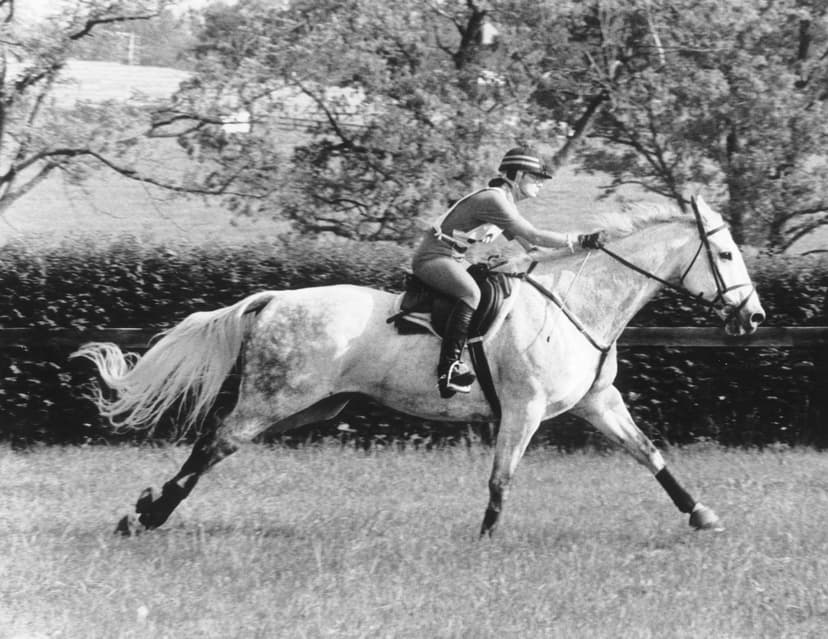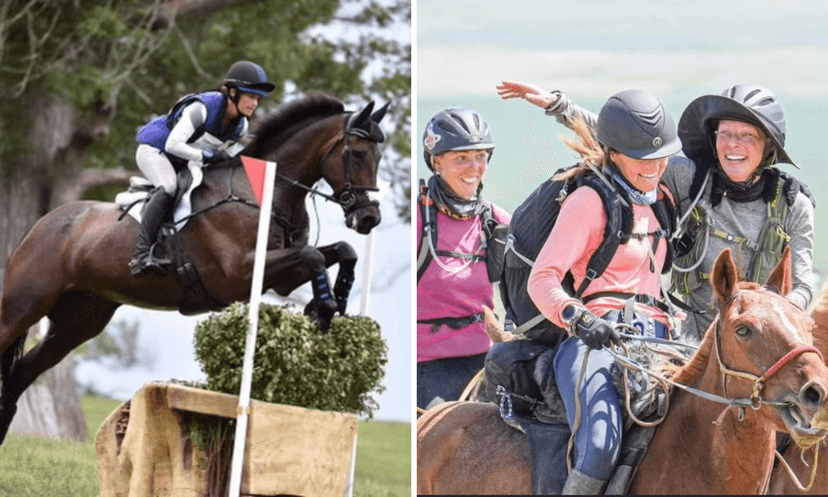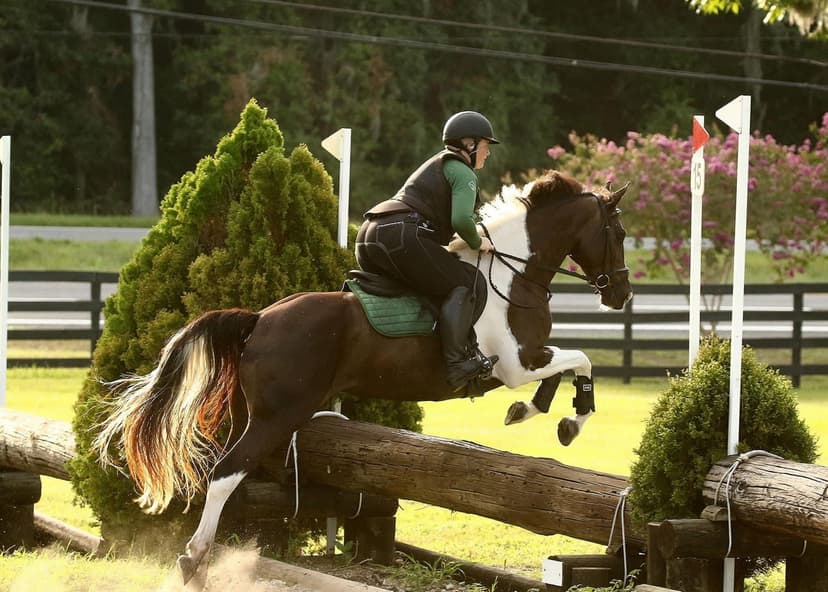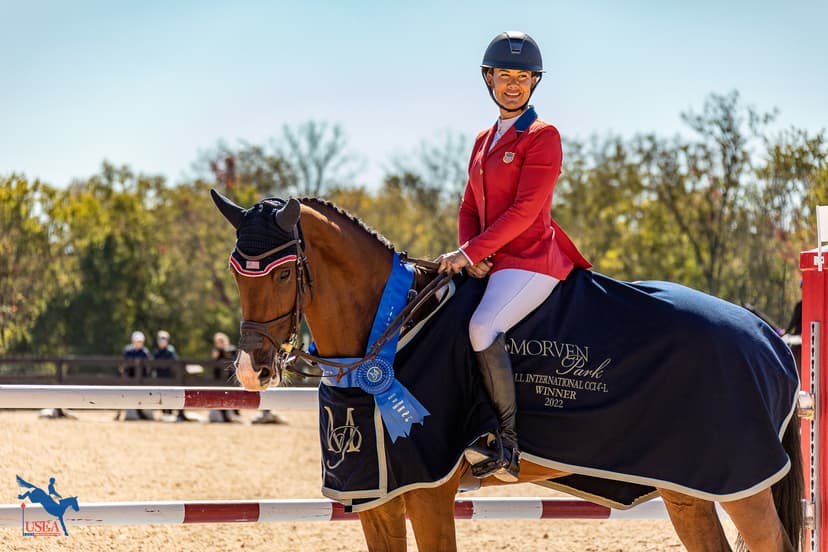Volunteering in the Vet Box with Lauren Nethery
If we’re lucky, we will all have that one “horse of a lifetime” that makes us the riders we are; collects blue ribbons left and right; launches our careers; and teaches us more than we could ever imagine. With Perseverance (aka Percy) was that horse for Lauren Nethery. Percy and Nethery ascended ...
Training Tips from Emily Beshear and the USEA Eventing Handbook by the Levels
For most professional riders, teaching lessons comprises a fair portion of any given week’s work. And as any good teacher would warn, teaching is its own special artform requiring knowledge and skillsets distinct from those required for riding. These include an understanding of what riders need t...
Exit Harbour Pilot: Hannah Sue Hollberg Reflects on William’s Retirement
The saying goes that the most talented horses have the biggest personalities, and Harbour Pilot is no exception. Retiring this year at the age of 19, Jacqueline Mars’s Irish Sport Horse gelding leaves the upper-level scene with one of the most decorated and lengthy careers in the sport, including...
Tips for the Long Haul: Advice from Shippers on Traveling for the Winter Season
It’s about that time of year again when eventers across the country are packing their trunks and making arrangements to new locations for the winter months. While some owners might feel more comfortable transporting their own horses, time and resources make it more expedient for others to load th...
Parker Equine Insurance Helps Helen Alliston Prioritize Ebay’s Health & Recovery
When Helen Alliston and Ebay fell on the Advanced cross-country course at the Spring Event at Woodside on May 28, 2021, everyone thought that the then 12-year-old gelding walked away without injuries. The pair had been leading their division when Ebay caught a leg on a corner jump toward the end ...
Warming Up with Allie Knowles
The warm-up ring is often the busiest and sometimes most nerve-wracking area of any given competition. With riders and horses of all levels sharing the same – often cramped – space, it can appear as either a finely-orchestrated, balletic ensemble or a chaotic, three-ring circus designed to jangle...
Lessons in Listening with Kim Walnes, The Gray Goose, and Gideon Goodheart
“All of life is sentient, and all of life communicates all the time. We have separated ourselves from it. We deny it, but the capacity to hear is there as is the capacity to send. And so the thing becomes as an adult, then, to get back to that place, which is really about intuition.”
Rides Horses, Will Travel: On the Road with Julie Wolfert
“I love to travel. I’m very adventurous. And obviously, I love horses, so to travel and to ride, that’s a win-win for me.” Based in Bucyrus, Kansas, Julie Wolfert probably logs more miles per year on the road than most eventers, a notoriously itinerant bunch. Her most recent and arguably most cou...
Change of Rein: Morgan Cooper Comes Full Circle with Eventing
Morgan Cooper was one of those lucky kids who was riding a horse as soon as she could sit up straight. Growing up on a farm in Staunton, Illinois, she joined her mom Dorothy Speakman and grandmother Mary Jane Ball in the family business of breeding and showing Paint horses from a young age.
Tamie Smith Holds onto her Lead to Win the Morven Park International CCI4*-L with Solaguayre California
The three top riders after cross-country yesterday in the Morven Park International CCI4*-L all held on to their placings following show jumping today. Tamie Smith jumped a double-clear round and took the blue with Julianne Guariglia’s 11-year-old Argentine Silla mare Solaguayre California (Caspa...

